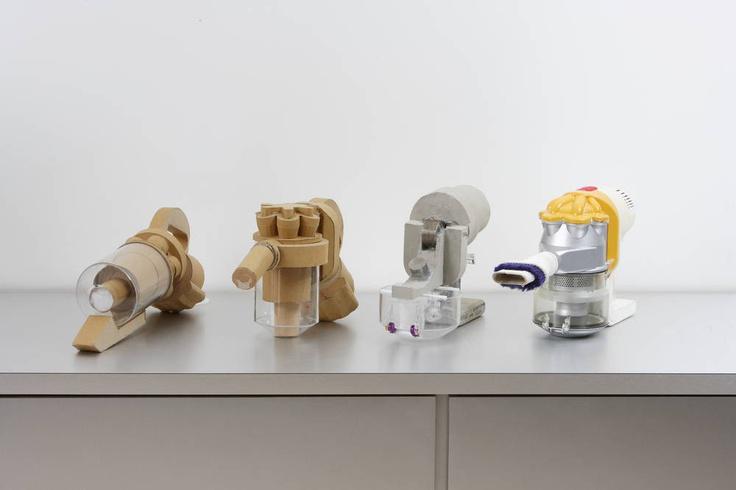While having an idea for a new invention is exciting, it’s essential not to stop there. Inventors must also commit themselves to creating a prototype, which is the technical term for a three-dimensional design showcasing their idea. Thinking up a new idea is one thing, but actually creating a prototype inspires people to move forward with their design idea. At this early stage, it’s okay for a design prototype to be crude or made from common household objects.
The goal at this stage is two-fold. First, inventors need to come up with a visual prototype that demonstrates the size and shape of the product. It’s still too early to add working parts. The visual prototype allows the inventor and other interested parties to see what the design looks like before committing to having it mass-produced. Designers may go on to make a second prototype or add on to the original one until it’s ready to present professionally.
Early Stage Prototypes
A proof-of-concept takes the design concept one step further by demonstrating what the new product does and how it works. It’s at this stage that the inventor should address any issues with functionality of the product. People who create visual or proof-of-concept prototypes typically don’t use the high quality materials used in the final production design. (Source: http://www.innovate-design.co.uk/prototyping-process/)
Benefits of Creating Prototype Design
In the early stage of designing a prototype, the designer and perhaps a few close friends, family, or work associates are the only ones likely to see the design. However, the goal should always be to get it in front of a company that can help to license the product. Additionally, inventors can expect to meet with attorneys, marketing professionals, engineers, and people who may want to sign on as a business partner. By arriving at these meetings with a working prototype, the would-be inventor already sets himself or herself apart from other people who say they want to invent but have nothing to show for it.
Creating a prototype, or even several of them for the same idea, offers these benefits as well:
- Inventors have the opportunity to continually test and refine their design’s functionality. In the initial excitement of coming up with a design idea for a new product, many people fail to realistically consider what it takes to make it function. The process of creating an initial crude prototype and then tweaking it until all parts work as they should is invaluable. Skipping this step and rushing to patent and market a new product could result in early unfavorable reviews, poor sales, and product liability lawsuits if the product injures someone.
- In addition to testing the overall functionality of the product, it’s also crucial to determine how well each of the individual materials works. For example, the inventor may have assumed he or she would use plastic only to discover that it’s not dense enough to hold the rest of the materials together. This is also the stage where many inventors discover more cost-efficient processes as well as which materials offer the greatest performance at the most affordable price.
After the inventor has taken the prototype as far as possible, it’s time to hire a professional to continue the process of bringing it to market. (Source: http://www.entrepreneur.com/article/80678)
New Invention Prototype Design Image : Source

